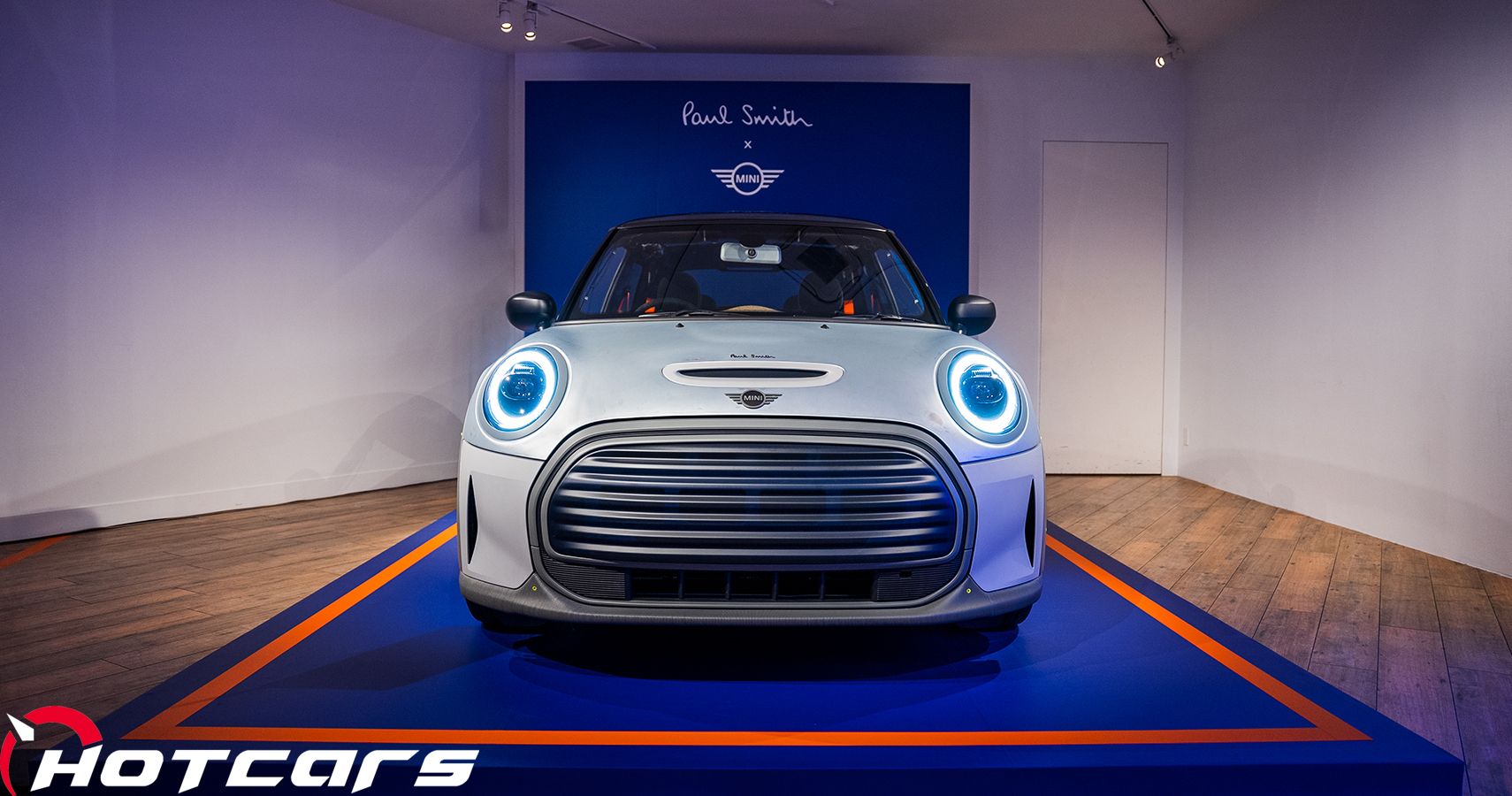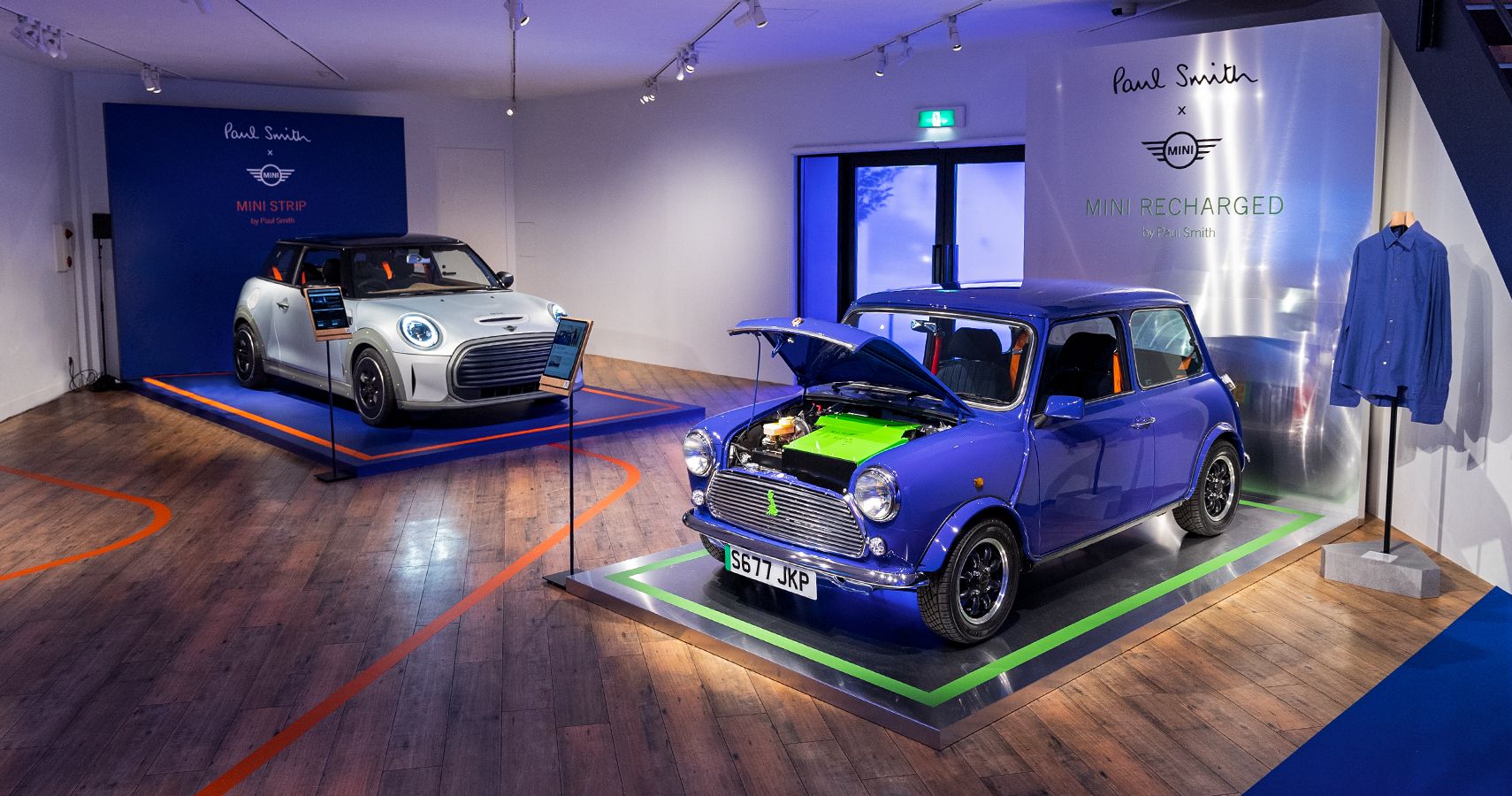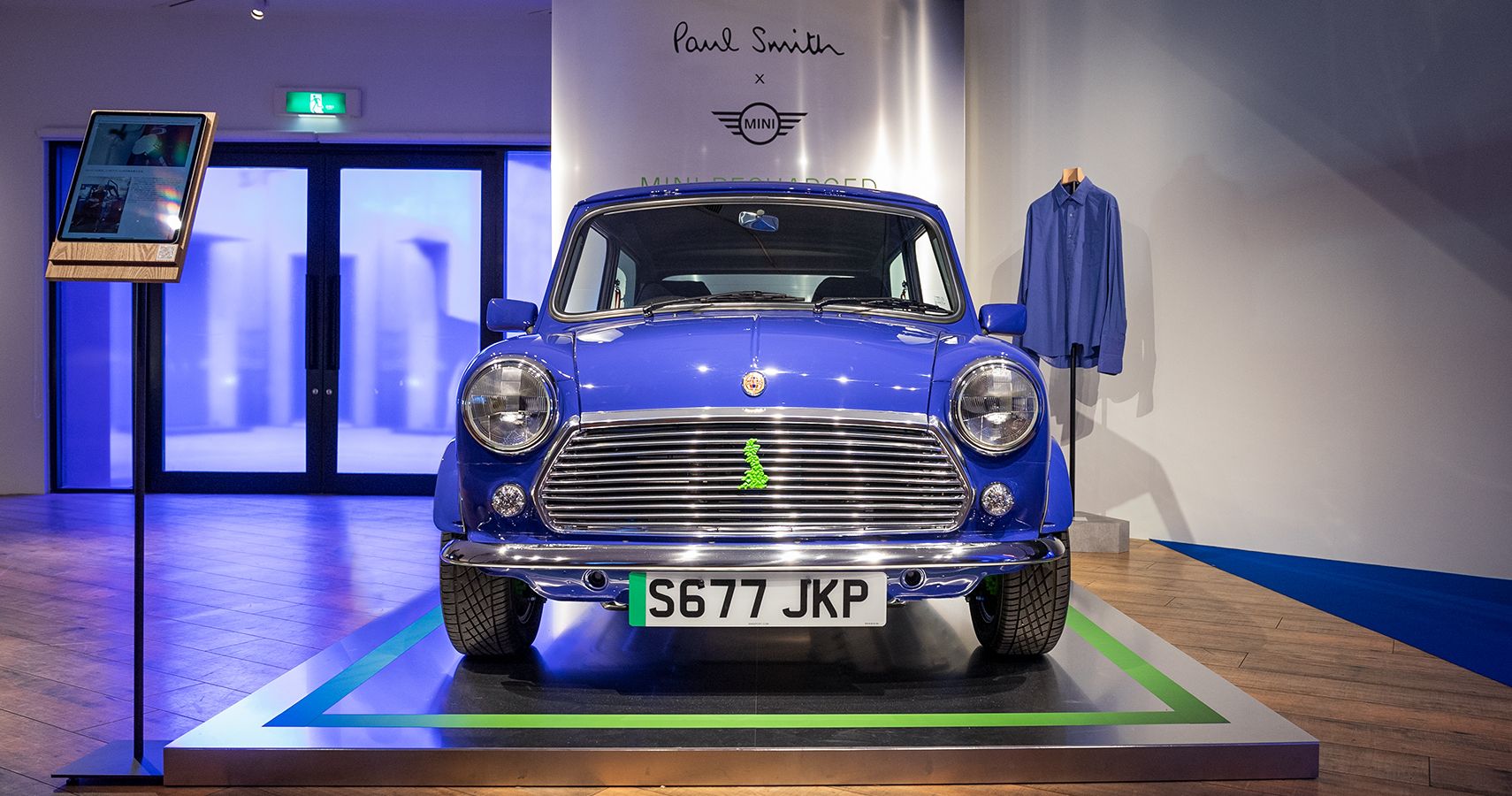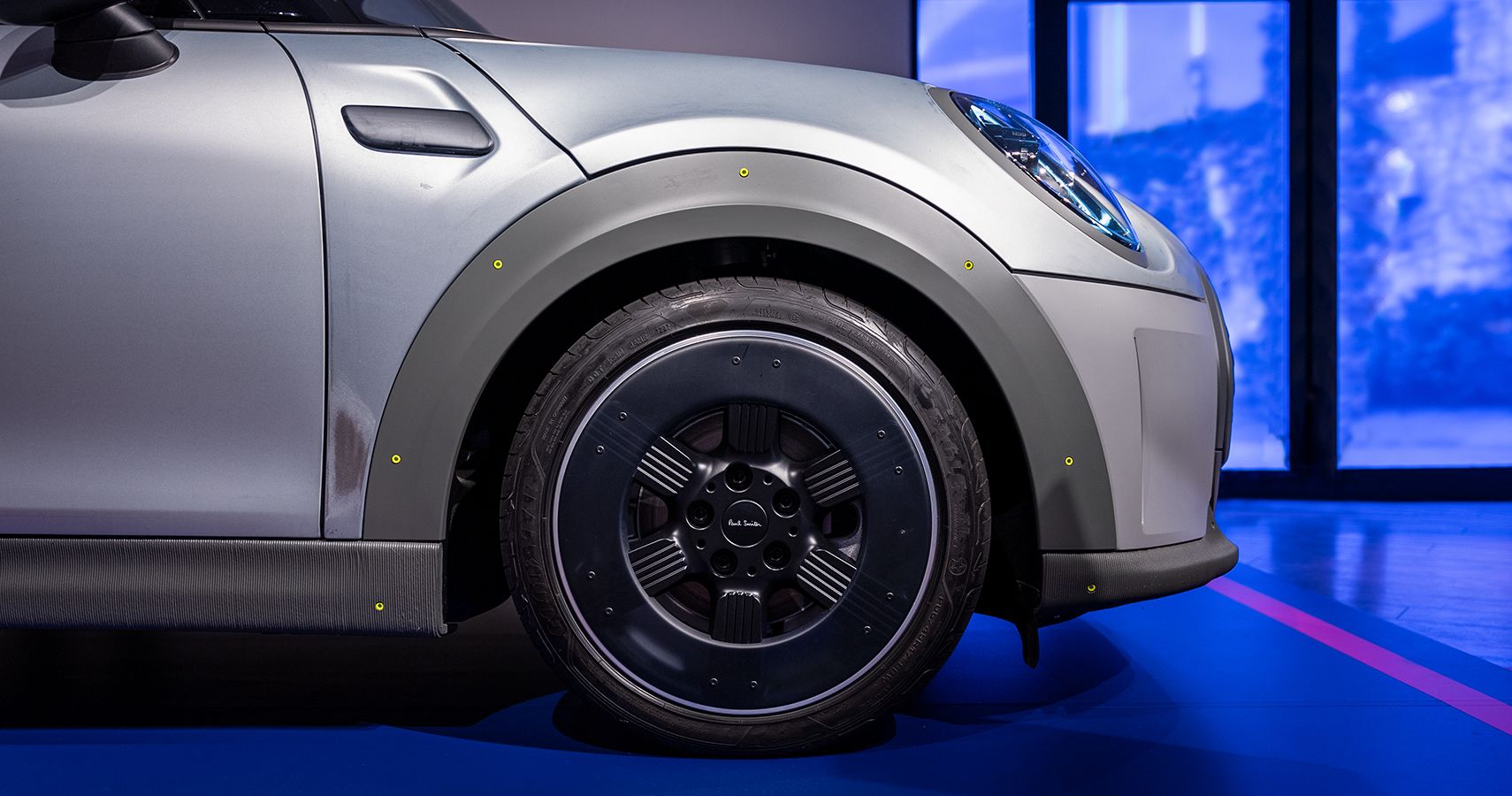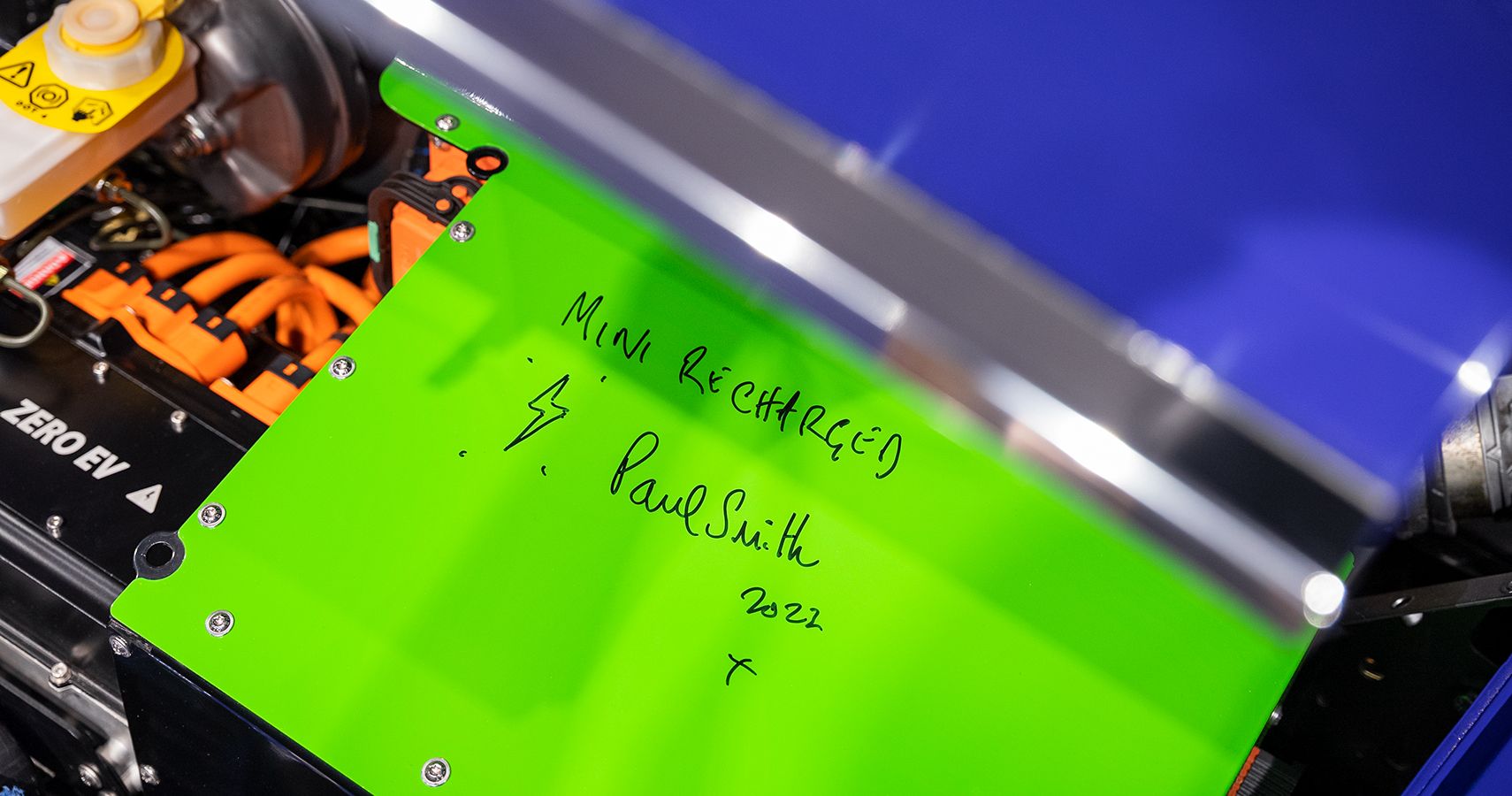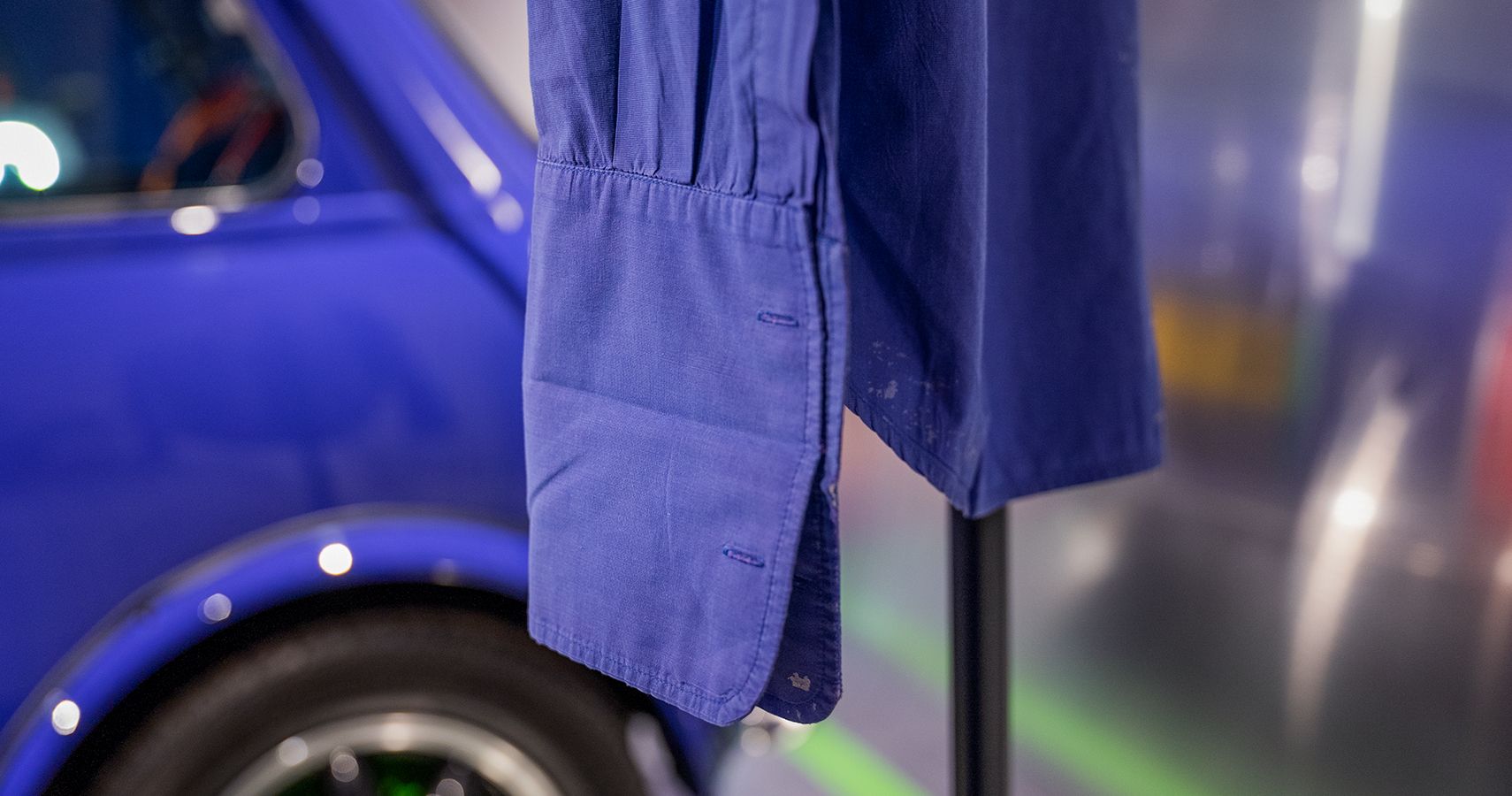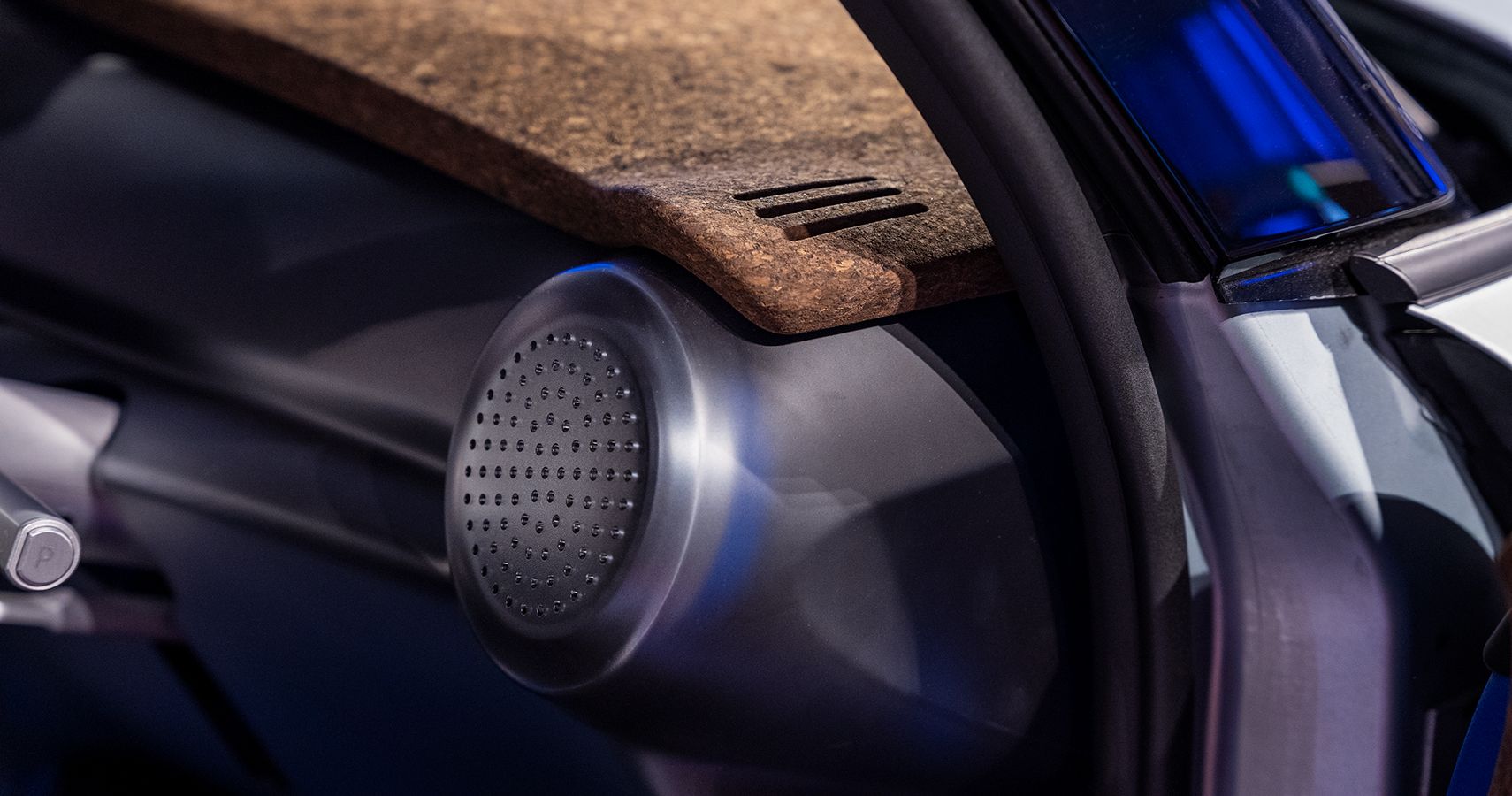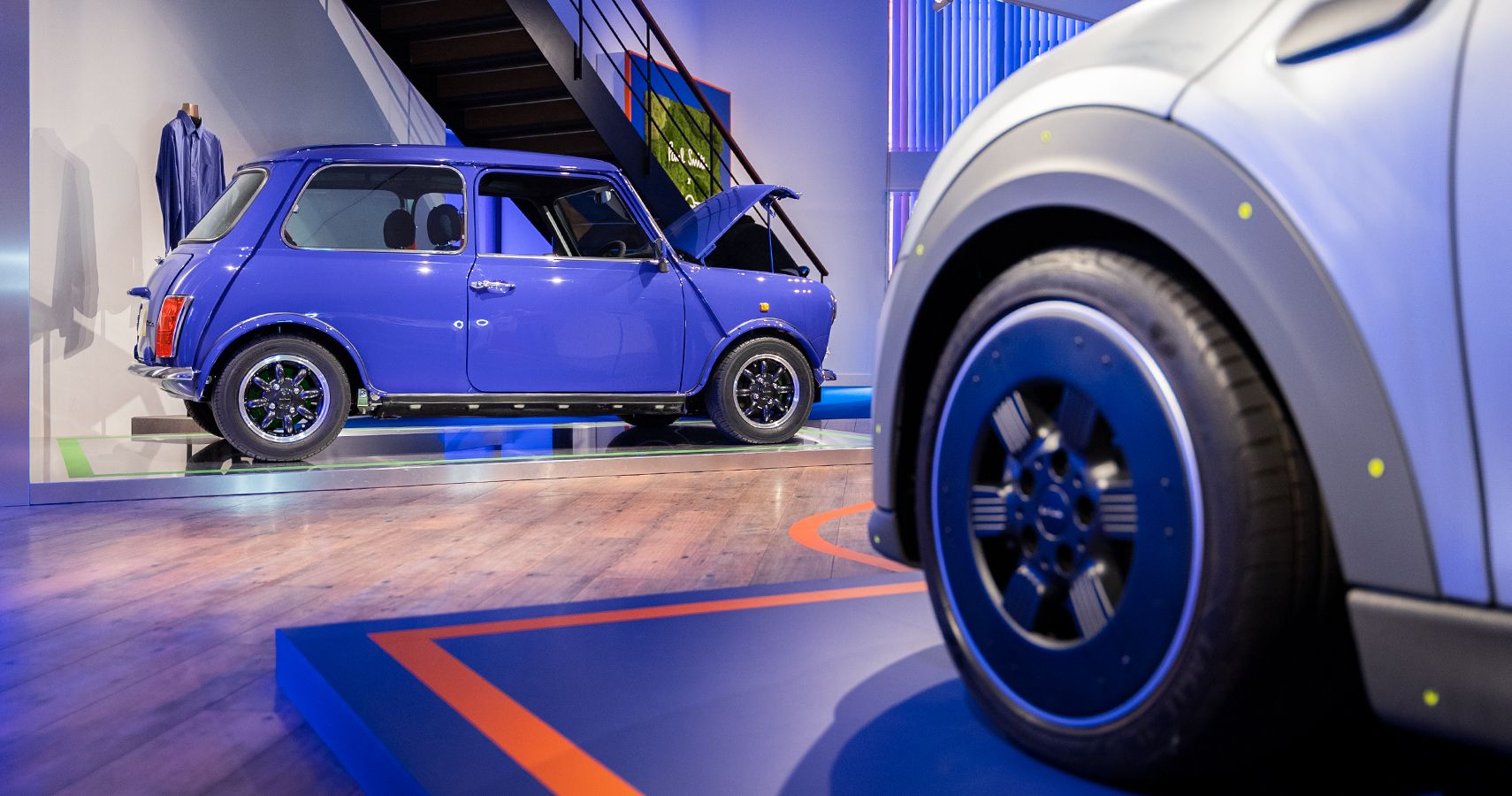Queues can say a lot about what’s popular, especially in a country such as Japan where people will patiently wait for anything they feel passionate about, whether it be a pop-up anime café or a Michelin-starred ramen restaurant. At 11 AM on a sunny Saturday morning, you’d notice a long line of people waiting for the doors to open at Ba-Tsu, a trendy art gallery in the fashion district of Omotesandō. It was neither anime nor noodle related, but just as popular with the Japanese audience.
Since MINI’s first steps in Japan back in 2002, the manufacturer established a solid local presence as it gathered a faithful audience around the small British vehicle. For what is now 6 consecutive years and counting, the BMW MINI is the most sold new foreign model in Japan, far beyond Mercedes-Benz or BMW models. Adding Paul Smith’s strong Japanese clientele to MINI Japan’s customer base, there was no better place than Japan to exclusively showcase the two MINI x Paul Smith concept cars, the MINI Strip and the MINI Recharged. With an exhibition space and a café area upstairs, there was much to do and see during this week-long pop-up exhibit.
Two Concept Cars Aligned With Their Time
The MINI Recharged and the MINI Strip are seemingly different, but leaving aside the obvious fact that one uses a classic Mini as a base, the two concept cars have a lot in common. Both are former Internal Combustion Engined MINIs that are now transformed into electric vehicles, highlighting the current electrification of the automotive industry and the steps manufacturers are taking to offer more eco-friendly products. The materials used in both cars are not only recycled but also reusable, if you were to tear the cars down to pieces. The two concept MINIs also echo the brand’s “Big Love” Project; a series of events, projects and collaborations to create more positivity, for both the people and the planet.
All About The MINI Recharged
The act of upcycling does not limit itself to clothing and is just as relevant when it comes to cars, as the MINI Recharged showcases here. This classic Mini used here is Sir Paul Smith’s very own 1998 Paul Smith Edition Mini, which he rejuvenated, refreshed and repurposed with the help of MINI to make it all anew. The car is now equipped with a 72 kW electric motor, with a charging port on which Paul Smith himself drew a lightning bolt. Inside, the interior is minimal but keeps the original center dials. To make it more modern and more practical, there is also an added metallic and magnetic smartphone holder.
Created in response to the 1959 oil crisis by Alec Issigonis, the classic Mini provided a means of transportation that would provide maximum space for minimum fuel use. Today, as the classic model is “Recharged” and transformed into a vehicle that is just as energy efficient, the newly reborn, upcycled MINI is sustainable, functional and just as relevant as it was before.
It is also worth noting that this upcycling is not limited to this MINI x Paul Smith collaboration because courtesy of MINI’s Recharged Programme, you too can now upcycle your own very own classic Mini that’s been sitting in your garage.
All About The MINI Strip
As its name implies, the MINI Strip shows a bare exterior and interior with its overall rough finish, but it has more to do than simple aesthetic choices. The metallic, unfinished state of the steel body intentionally shows grinding marks from the factory and is simply covered with a thin layer of protective lacquer in order to avoid corrosion. Inside, the MINI is almost unrecognisable. Simplified and stripped out of everything you’d usually find in your average MINI, the car still keeps its circular center console. But instead of the usual infotainment screen, you can now place your smartphone thanks to the adjustable grips. In order to make the car lighter, a thin mesh covers the doors’ inside panels. The materials used in the Strip are from recycled sources and are also recyclable, again. For example, the 3D printed panels such as the front and rear bumpers use recycled plastic and the transparent roof uses recycled acrylic glass. Overall, the MINI Strip emphasizes the idea “less is more” as Sir Paul Smith points out. It isn’t just about functionality, but it is also about highlighting what can seem unfamiliar or imperfect and proving that such things can become likeable and comfortable.
The Paul Smith Signature
Both the Strip and the Recharged are EVs that came to life as collaborations between the MINI team led by Head of Design Oliver Heilmer and Sir Paul Smith himself. With Paul Smith’s creative direction, both cars are full of quirky, fun details that hint to the fashion brand. The MINI Recharged shows two staple colours in the Paul Smith fashion lexicon. There are lime green details that you can find on the battery for example, which Paul Smith himself signed with a marker. Then there is a bright orange colour, which is especially noticeable on the seatbelts. The MINI Strip also shares the same lime green and orange colours, with a green charging port as you open the flap and similar orange seat belts. The car uses a variety of fabrics inside, from the steering wheel wrapped in cotton fabric to the wool-like material covering the seats. For an added fun touch, you can find a Paul Smith clothing label attached to the MINI Strip’s steering wheel.
Then, there’s the MINI Recharged blue paint with a slight purple hue. For this, Paul Smith took inspiration from one of his own creations, a blue Paul Smith shirt. Though the shirt has since then slightly discolored, you can notice a small, square cut at the bottom of the shirt, as this exact piece of fabric served as a sample to create the car’s paint.
Cork And Other Reusable Materials
Taking a moment to analyze the components in both of the concept cars, you will notice the use of cork, among other materials. Cork covers the MINI Strip’s dashboard and the upper section of the door panels. As Sir Paul Smith explains, cork used to be a commonly used material back in the day, but its lack of trendiness makes cork a much rarer sight nowadays. On top of being sustainable and recyclable, cork is practical in various other ways, by enhancing acoustics, and insulating the car better. It also does not need any environmentally harmful adhesives, as you can simply glue it with heat.
Another interesting detail worth pointing out is the MINI Strip’s inside door handles, which uses repurposed climbing ropes. Aside from adding a unique style element to the cabin, these handles can be undone and easily reused as rope once again. Such materials prove the seemingly simple yet innovative vision involved in the process of creating these concept cars.
A British Match Made In Heaven
There is no doubt about it; the MINI x Paul Smith collaboration is more than just an ideal duo, it is a collab’ match made in heaven between two British household names. With matching views when it comes to design and ideas, both Sir Paul Smith and the MINI team led by Mr. Heilmer have taken a deeper look at what sustainability truly means, especially in an industry that is often blamed for its environmental impact. In the automotive industry, the reality is that, as Heilmer puts it, “recycled products are rarely used [...] because of the technical challenges involved.” However, with the creative mindset behind the MINI Strip and the MINI Recharged, it is incredibly refreshing to see seemingly simple yet real solutions to actual problems by making use of what’s already there.

